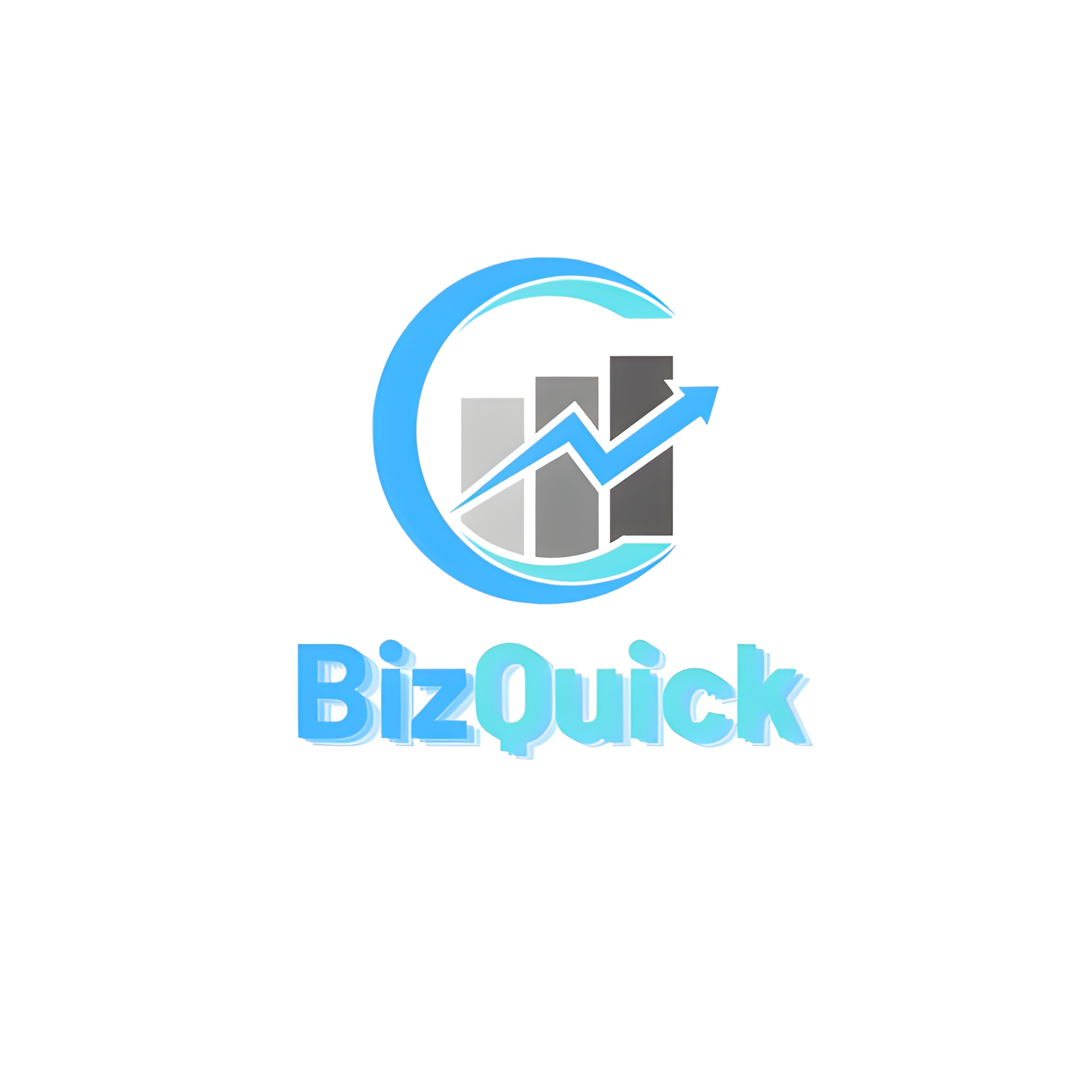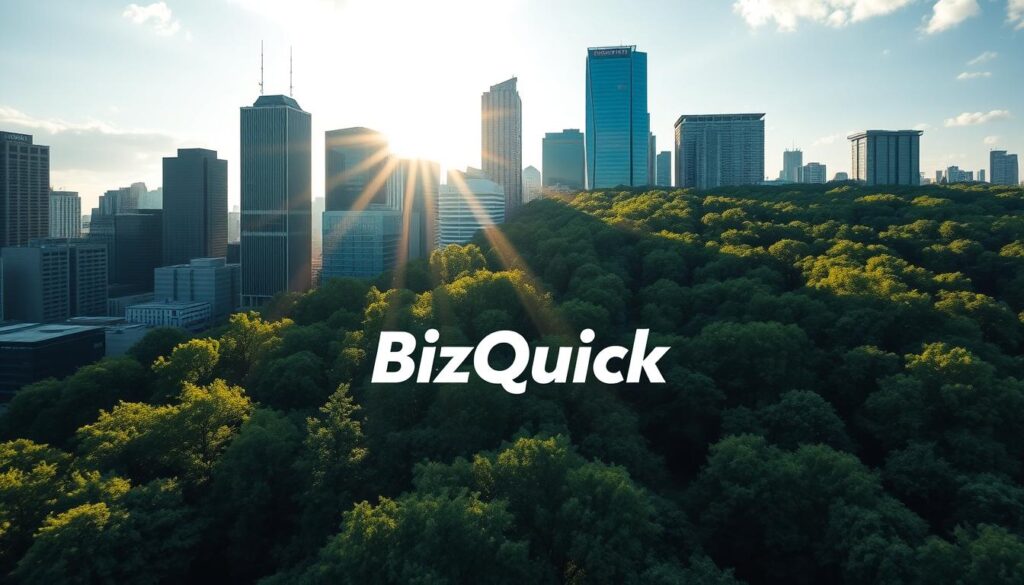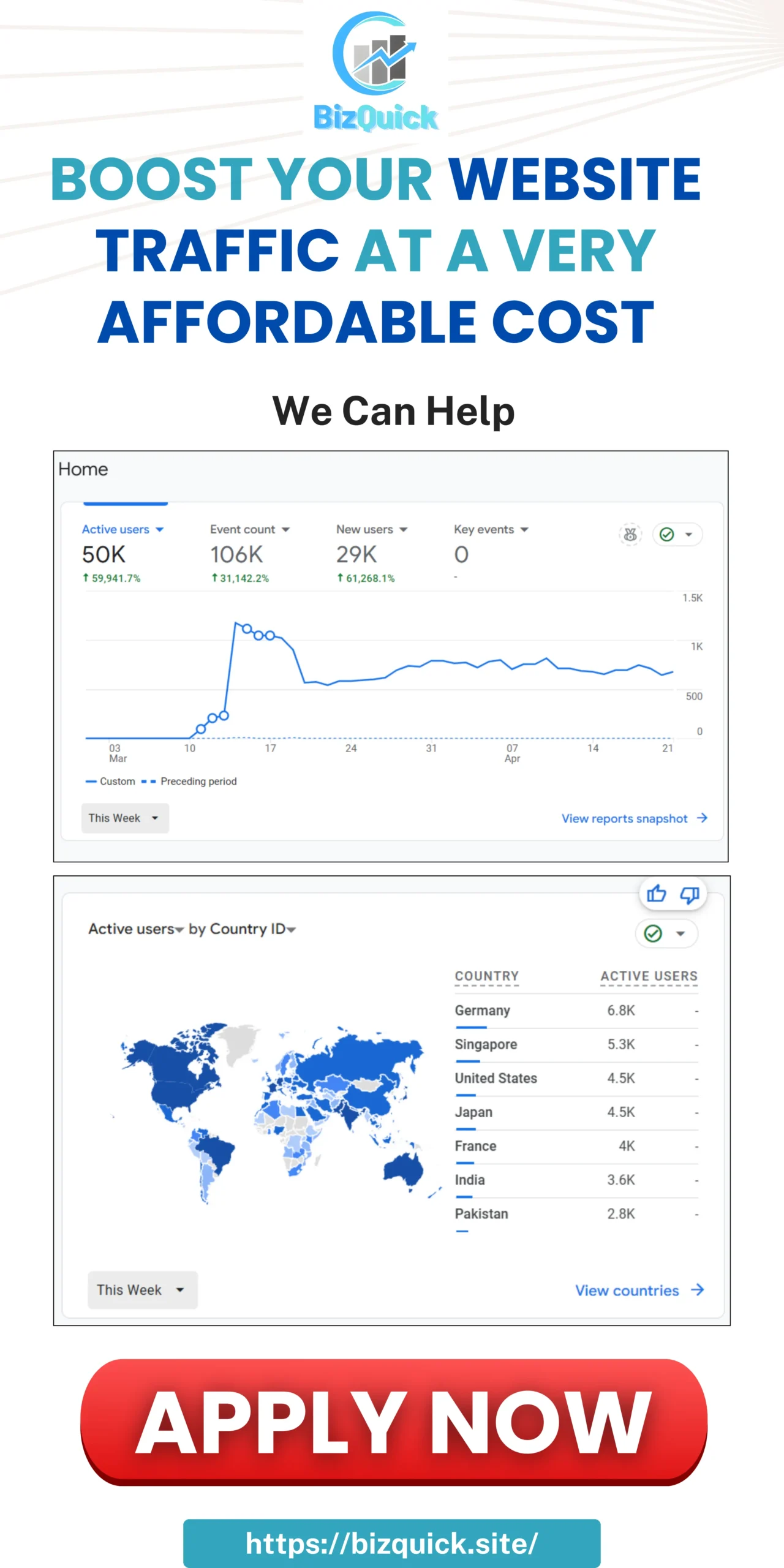Many of us wonder which way is best to get more people to our website. We look at two main ways: paid traffic and organic traffic. Paid traffic means paying for ads, like Google Ads, to reach our audience. Organic traffic means making our website better for search engines so we get more visitors for free.
Choosing between paid and organic traffic depends on our goals and who we want to reach. We want to get more visitors, make more sales, and grow our online presence. Knowing the good and bad of each helps us decide the best way to grow.
There’s no single best way for everyone. We need to think about our budget, who we want to reach, and our industry. By looking at the pros and cons, we can create a plan that works for us. Whether we want more people to know about our brand, make sales, or get leads, understanding paid and organic traffic is key.
Key Takeaways
- Paid traffic and organic traffic are two different ways to get more visitors to our website.
- It’s important to know the good and bad of each to make a good growth plan.
- Paid traffic means paying for ads, while organic traffic means making our website better for search engines.
- Our goals and who we want to reach help decide which way is best.
- Using both paid and organic traffic might be the best way to grow.
- Creating a plan that fits our needs is key to getting real results.
- The debate between paid and organic traffic is ongoing, and knowing the difference is vital for success in digital marketing.
Understanding Paid Traffic
Paid traffic is key in online marketing. It helps businesses get website traffic fast and well. By paying for each ad click or view, it’s a smart way to reach people.
There are many types of paid traffic. These include PPC ads, display ads, and social media ads. To get the most from paid traffic, improving your website for search engines is important. This makes sure your site works well for users.
- Increased brand awareness
- Targeted audience reach
- Measurable return on investment (ROI)
Using paid traffic and SEO optimization can bring more website traffic. It also helps your business be seen more online.
To see how well paid traffic works, you need to watch important numbers. Look at conversion rates and ROI. This helps you make your paid traffic better and get better results.
| Metric | Description |
|---|---|
| Conversion Rate | The percentage of users who complete a desired action |
| Return on Investment (ROI) | The revenue generated by a paid traffic campaign compared to its cost |
Understanding Organic Traffic
Digital marketing is all about understanding organic traffic. It’s when people visit your site through search engines like Google, without ads. This kind of traffic is vital for businesses, helping them grow over time and increase sales.
Organic traffic is a big part of a good digital marketing plan. By making your site better for search engines, you can get more visitors. This is great because it doesn’t cost anything, which is perfect for businesses with small budgets.
Some important things about organic traffic are:
- Relevance: Your site’s content must match what people are searching for.
- Authority: Your site needs to be seen as a leader in your field.
- User experience: Your site should be easy to use and load quickly.
Knowing these points helps businesses make better digital marketing plans. These plans can bring in more organic traffic and help your business grow. 
| Characteristic | Description |
|---|---|
| Relevance | Website content must match the search query. |
| Authority | Website must be seen as an authority in the industry. |
| User experience | Website must provide a good user experience. |
The Pros of Paid Traffic
Paid traffic is great for getting quick results. It helps us show our business to more people fast. This is perfect for new products or services.
It lets us focus on specific groups, like interests or behaviors. This way, we can get more people to buy from us, making our money work harder.
Paid traffic also lets us control our spending. We can change our budget as needed. Plus, we can see how well our ads are doing. This helps us make better choices for our marketing.
Some big pluses of paid traffic are:
- More people see our business online
- We reach the right people, leading to more sales
- We can manage our budget easily
- We can track how well our ads are doing
Using paid traffic helps us grow our business. We get more people to our site, leading to more sales and growth.
The Cons of Paid Traffic
Paid Traffic can be a good way to get more visitors to your site. But, it also has some downsides. It might not help your site rank better in search engines. This is because you might not focus as much on getting found organically.
Some of the cons of Paid Traffic include:
- Cost implications: Paid Traffic can be expensive, which is a big issue if you’re targeting a competitive audience.
- Reliance on advertisements: Paid Traffic uses ads, which can be annoying to users.
- Short-term benefits: The traffic from Paid Traffic only lasts as long as you keep paying for ads.
When planning your online marketing, it’s key to think about the pros and cons of Paid Traffic. This includes how it affects your search engine rankings and your online presence. Knowing the downsides of Paid Traffic helps you make better choices about where to spend your marketing budget. It also helps you improve your site for both Paid Traffic and organic search.

The Pros of Organic Traffic
We have two ways to get traffic to our websites: paid and organic. Paid traffic gives quick results, but organic traffic has lasting benefits. It’s a great choice for businesses wanting to grow.
Organic traffic is cost-effective. We don’t pay for each click or view. It’s free, perfect for businesses with tight budgets. Plus, it keeps bringing in traffic even after we stop working on our site.
The main perks of organic traffic are:
- Increased credibility and trust with our audience
- Improved brand visibility and awareness
- Higher conversion rates and return on investment (ROI)
By focusing on organic traffic, we can attract more targeted visitors. This boosts our online presence and profits.
| Benefits of Organic Traffic | Description |
|---|---|
| Long-term Benefits | Organic traffic continues to flow even after optimization stops |
| Cost-effectiveness | No payment required for each click or impression |
| Credibility and Trust | Increased credibility and trust with our audience |
The Cons of Organic Traffic
Organic traffic is great, but it has its downsides. Building it up takes a lot of time and effort. We need a solid SEO plan. This includes making top-notch content, getting backlinks, and improving our website’s tech SEO.
Some big challenges with organic traffic are:
- Time consumption: It takes months to see real results.
- Unpredictable results: Search engine changes make it hard to know what will work.
- Changes in search algorithms: These can hurt our site’s visibility and traffic. We must keep our SEO strategy fresh.
Even with these hurdles, we think a good SEO plan can help. It can bring more visitors and boost our online presence. Knowing the pros and cons helps us make smart digital marketing choices.
By focusing on SEO and making great content, we can get better rankings. This brings more visitors. It helps us reach more people and meet our business goals.
Comparing Costs: Paid vs Organic
Understanding the costs of paid and organic traffic in digital marketing is key. We must look at the return on investment (ROI) for both. Paid ads give a clear ROI, as we can track how many convert and the revenue they bring. Organic traffic, on the other hand, offers a long-term ROI, as it keeps coming even after we stop optimizing.
When budgeting for campaigns, we must think about our target audience, ad spend, and conversion rates. Effective digital marketing means knowing these well to spend our budget smartly. Here are some important points to consider:
- Target audience: Who do we aim to reach with our paid ads and organic content?
- Ad spend: How much are we ready to spend on paid ads, and how will we check if they’re working?
- Conversion rates: What actions do we want our audience to take, and how will we follow their progress?
Long-term financial planning is also vital. This includes the cost of keeping our website up, creating quality content, and getting backlinks. By considering these, we can make smart choices for our digital marketing plan. This way, we can use our budget well to reach our goals through paid ads and organic traffic.
Identifying Your Business Goals
To succeed online, we must set clear business goals. These goals can be short-term, like boosting website traffic or sales. Or they can be long-term, like growing our brand.
Knowing our audience is key. It helps us make content that speaks to them. This way, we can engage our audience better.
Short-term goals might include getting more people to see our content. Or turning more visitors into customers. To do this, we create valuable content that meets our audience’s needs.
Some important steps to set our goals include:
- Understanding who our audience is and what they want
- Setting goals that are clear, measurable, and achievable
- Creating content that our audience will find interesting
- Keeping track of how we’re doing and making changes when needed
By planning our goals carefully, we can map out our success path. This helps us make smart choices about how to use our resources. It also helps us grow in a steady way.
Setting our business goals is a continuous task. We need to keep checking and updating them. By staying focused and adapting to market changes, we can stay ahead and succeed in the long run.
When to Use Paid Traffic
Ever wondered when to use paid traffic for your business? It’s about knowing the right times and industries for paid ads. Paid traffic is great for quick traffic boosts, helping your site rank better in search engines.
Paid ads are perfect for new product launches, reaching competitive audiences, or directing traffic to key pages. They help increase traffic, conversions, and meet business goals. For example, e-commerce, finance, and healthcare benefit a lot from paid ads due to their competitive nature and specific audiences.
Here are some key points to consider when deciding to use paid traffic:
- Targeted audience reach: Paid traffic allows us to target our desired audience, increasing the likelihood of conversion.
- Quick results: Paid traffic provides immediate results, making it ideal for businesses that need to drive traffic quickly.
- Measurable ROI: With paid traffic, we can measure our return on investment, making it easier to optimize our campaigns.
Adding paid traffic to your marketing plan can boost your site’s search engine rankings. It’s a powerful tool for reaching your business goals.
The secret to success is knowing when to use paid traffic and how to make the most of it. This way, you can increase traffic, conversions, and meet your goals while improving your search engine rankings.
When to Use Organic Traffic
Choosing between paid traffic and organic traffic is a big decision. Organic traffic is key for building trust with our audience. By making great content, getting backlinks, and improving our website’s SEO, we can attract more visitors and increase sales.
Our strategies should mix content marketing, like blog posts, videos, and social media. This way, we meet our business goals and show we’re experts in our field. Organic traffic offers many benefits, including:
- Increased credibility and trust with our audience
- Improved conversion rates and ROI
- Long-term benefits and sustained growth
SEO is also vital in our growth plans. By making our site and content search-friendly, we get more visitors. This helps us reach our goals and stay competitive.
Using organic traffic in our strategies lays a strong foundation for lasting success. With a focus on quality content, SEO, and marketing, we can grow our traffic, sales, and meet our business objectives.
| Benefits of Organic Traffic | Results |
|---|---|
| Increased credibility and trust | Improved conversion rates |
| Long-term benefits and sustained growth | Increased online visibility |
| Improved ROI | Established brand authority |
Making the Right Choice for Growth
Exploring the pros and cons of paid and organic traffic shows there’s no single best way. Success comes from looking at your current
website traffic
strategy and finding the right mix of paid and
SEO optimization
Creating a hybrid strategy that uses the best of both worlds can lead to lasting growth. This might mean spending some of your marketing budget on
digital marketing
and also on long-term
SEO optimization
efforts.
The perfect blend depends on your industry, audience, and goals. It’s vital to keep an eye on how well your strategy is working and make changes as needed. Growth is a journey that needs flexibility and a readiness to adjust.


